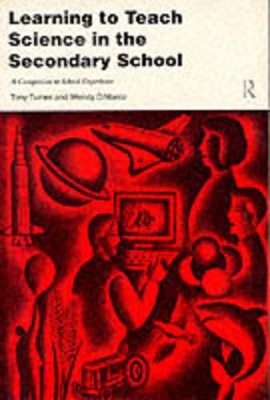Learning to Teach Subjects in the Secondary School
2 total works
Learning to Teach in the Secondary School
by Susan Capel, Dr Marilyn Leask, and Tony Turner
Published 6 July 1995
We are all familiar with the horror stories told by student teachers after their first few days in school. Learning to teach may appear to be fairly simple, but the reality is quite different. Classroom teaching is only the most visible part of the job of a teacher, and to become a good teacher, a student needs to understand the skills, knowledge, and approaches upon which professional expertise is based. This text aims to support student secondary school teachers through the school-based element of their initial training courses, an element which is increasingly important with the shift from college-based towards classroom-based training. The book is divided into units, each covering a key concept or skill. Units focus initially on the management of classrooms and on issues of concern to prospective teachers managing classes for the first time. They then progress to address factors influencing learning and the wider professional perspective. Units include: the student teacher's role in planning lessons and schemes of work; motivating pupils; differentiation and grouping pupils; teaching and learning styles; assessment and recording; and working as part of a team.
Learning to Teach Science in the Secondary School
by Tony Turner and Wendy Dimarco
Published 5 March 1998
This handbook presents a comprehensive introduction to the process and practice of teaching and learning science in the secondary school. It is designed to guide student teachers through the transition from graduate scientist to practising science teacher, focusing on personal and professional development. Chapters cover: * the place of science in the curriculum * pupil learning * developing schemes of work and planning lessons * classroom management and managing learning * special educational needs in the science classroom * the role of language in teaching and learning science * assessment * using information technology in science.

